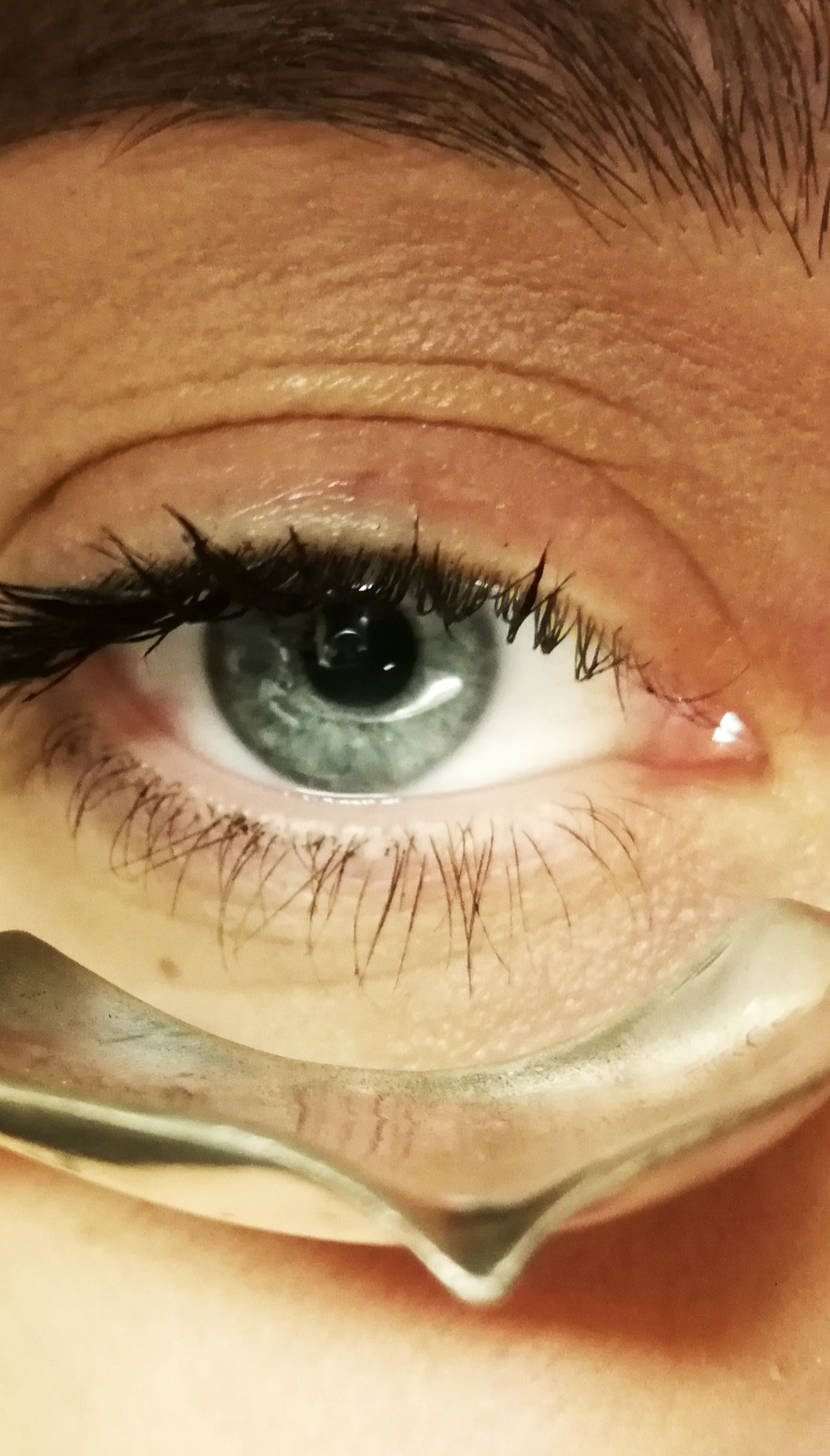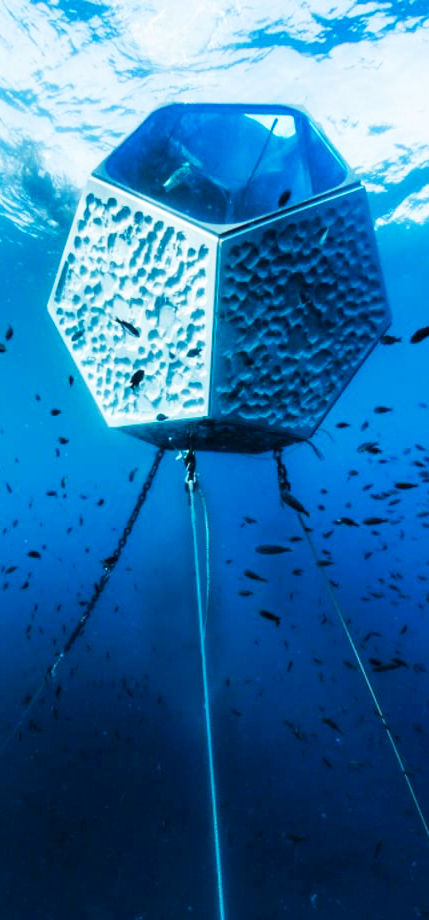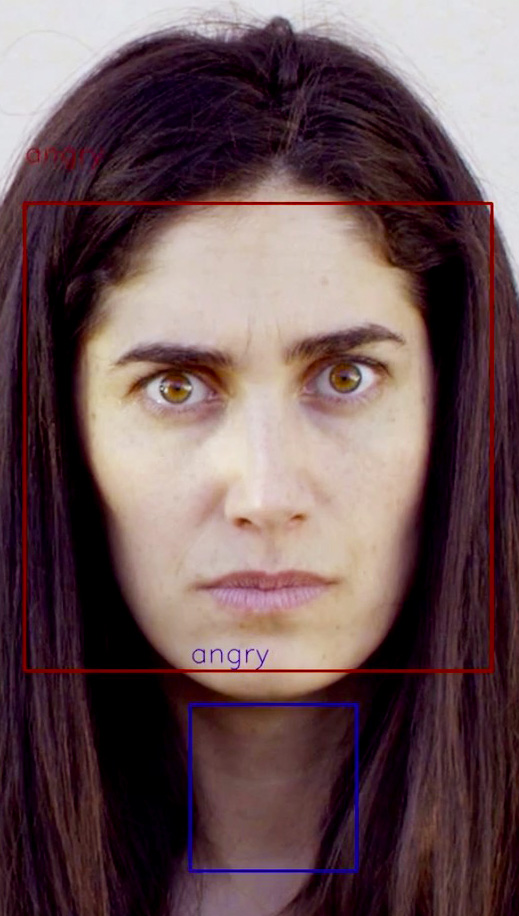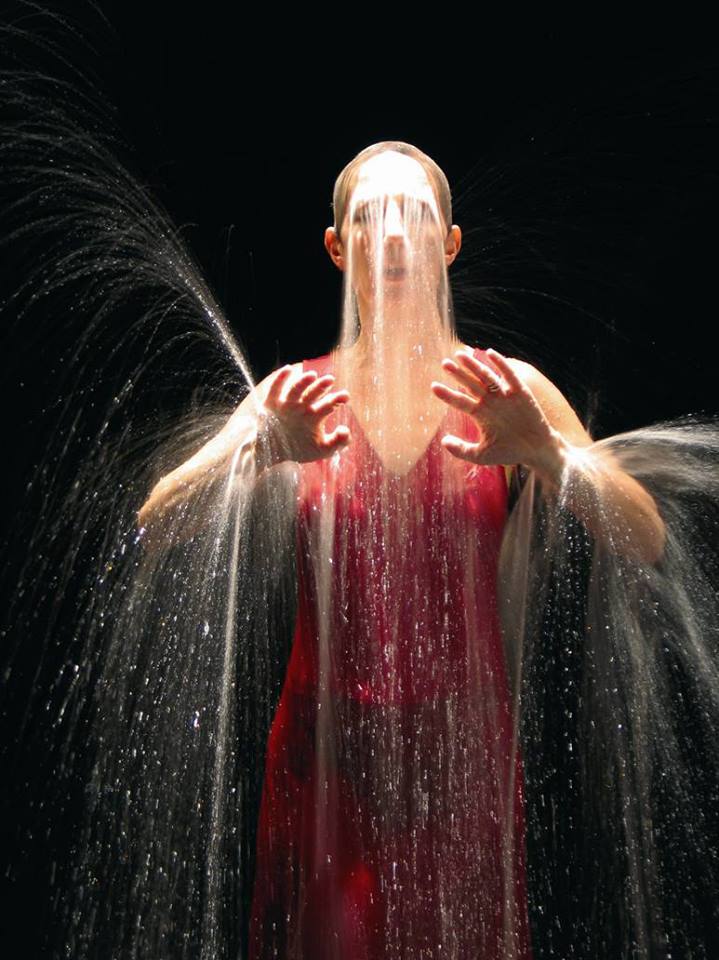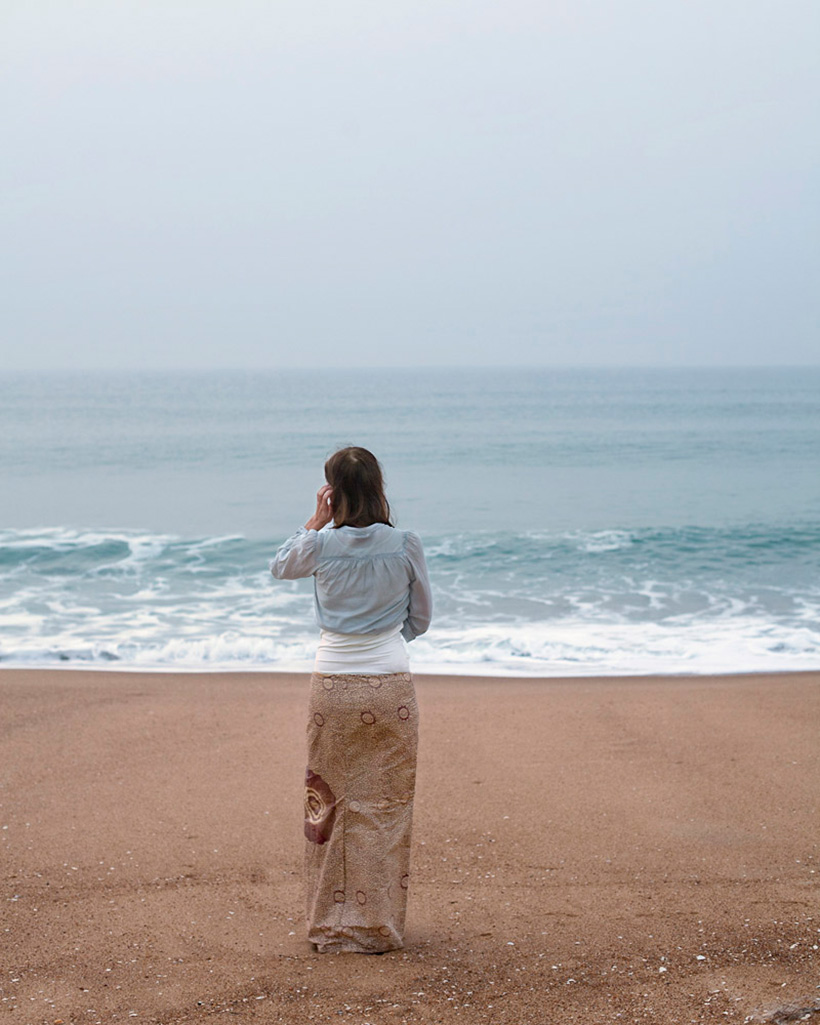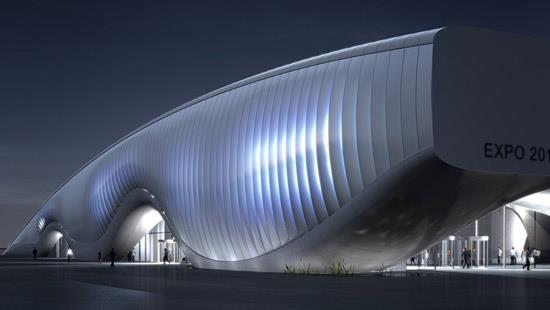
The Collective
2°C
2°C is a unique AI generated art installation imagined through the mind of a machine. Utilising machine learning algorithms trained on thousands of archival images of geometric structures of man made cities and naturally occurring organic corals forms, the AI takes this learned data to visualise an otherwise unseen coral city. 2°C is about coral bleaching, one of the phenomenon mainly caused by rising sea temperature brought about by climate change. To prevent the massive, irreversible impacts of ocean warming on the coral reefs and their services, it is crucial to limit the global average temperature increase to below 2°C above pre-industrial levels.
